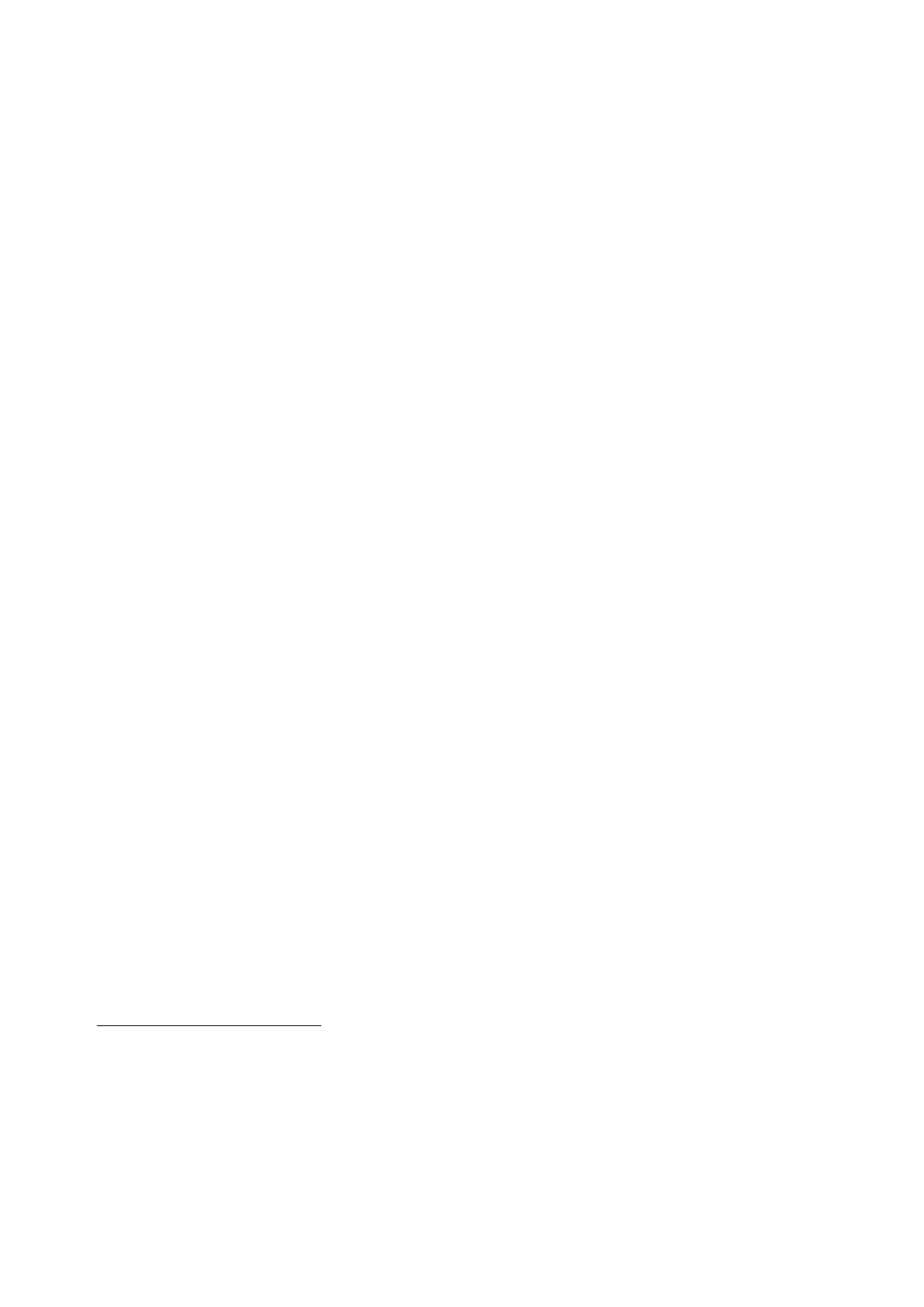
1.1 | UK
Iraq strategy 1990 to 2000
256.
Mr Ekéus
concluded that the visit had been useful, clarifying the
respective
positions
of Iraq and UNSCOM and narrowing certain differences. UNSCOM
would
continue
vigorously to pursue verification of Iraq’s disclosures. He hoped
that a repeat
of Iraq’s
actions over the last few months could be avoided, but that it
required “full and
unreserved
co-operation from the Government of Iraq and a genuine policy … to
carry
out its
obligations”.
257.
In the
subsequent press briefing, Mr Ekéus stated that he felt there
was “a certain
commitment”
although UNSCOM suspected “an active policy of concealment”. Its
task
was to find
and destroy prohibited items and to ensure that no new ones were
produced
but it
would now have to “wait until the situation had become a bit more
settled”.118
258.
Following a
meeting with UNSCOM in September 1996, Iraq admitted in a
letter
of 3 October
that production tools and components for ballistic missiles had
been
collected
and concealed in July 1991, but they had been destroyed in March
1992.119
Iraq had
also declared that three missiles which had been retained in July
1991 were
not destroyed
until October that year.
259.
In his report
of 11 October 1996, the UN Secretary-General
wrote:
“The
results of the Commission’s investigations, starting with UNSCOM
143
in March
1996 and continuing through August, clearly show that there was
an
organized
mechanism of concealment used by Iraq to deny access to
proscribed
documents
and material retained since the adoption of resolution 687
(1991).
Throughout
this investigation Iraq has sought to deflect or minimize the
involvement
of its
special security services in concealment activities. It has
acknowledged that
officially
sanctioned false statements had been made to mislead the
Commission
in its
investigations. It has resorted to delays and denials of access …
Despite
this
behaviour the Commission has accumulated information which
reinforces its
assessment
that the concealment mechanism has been established for the
purpose
of hiding
and protecting proscribed material.”120
“…
succeeded in uncovering the existence of Iraq’s biological
programme and
believes it
has destroyed its major facilities. However, it needs to
continue
to investigate
the scope and extent of the programme to arrive at a
complete
picture of it.”
118
UN Security
Council, 4 September 1996, ‘Press Briefing by Executive
Chairman of Special
Commission’
(19960904).
119
UN Security
Council, 11 October 1996, ‘Report of the Secretary-General on
the activities of the Special
Commission
established by the Secretary-General pursuant to paragraph 9 (b)
(i) of resolution 687 (1991)’
(S/1996/848).
120
UN Security
Council, 11 October 1996, ‘Report of the Secretary-General on
the activities of the Special
Commission
established by the Secretary-General pursuant to paragraph 9 (b)
(i) of resolution 687 (1991)’
(S/1996/848).
69
